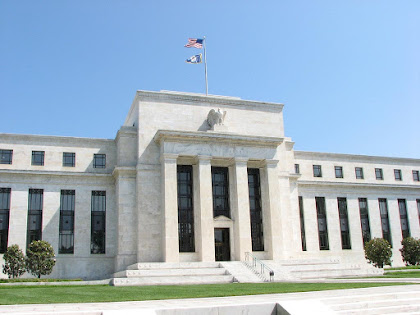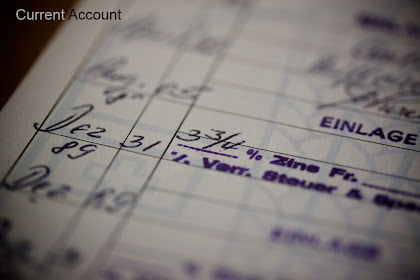1. Bearer Cheque
When the words "or bearer" appearing on the face of the cheque are not cancelled, the cheque is called a bearer cheque. The bearer cheque is payable to the person specified therein or to any other else who presents it to the bank for payment. However, such cheques are risky, this is because if such cheques are lost, the finder of the cheque can collect payment from the bank.
2. Order Cheque
When the word "bearer" appearing on the face of a cheque is cancelled and when in its place the word "or order" is written on the face of the cheque, the cheque is called an order cheque. Such a cheque is payable to the person specified therein as the payee, or to any one else to whom it is endorsed (transferred).
3. Uncrossed / Open Cheque
When a cheque is not crossed, it is known as an "Open Cheque" or an "Uncrossed Cheque". The payment of such a cheque can be obtained at the counter of the bank. An open cheque may be a bearer cheque or an order one.
4. Crossed Cheque
Crossing of cheque means drawing two parallel lines on the face of the cheque with or without additional words like "& CO." or "Account Payee" or "Not Negotiable". A crossed cheque cannot be encashed at the cash counter of a bank but it can only be credited to the payee's account.
5. Anti-Dated Cheque
If a cheque bears a date earlier than the date on which it is presented to the bank, it is called as "anti-dated cheque". Such a cheque is valid upto six months from the date of the cheque.
6. Post-Dated Cheque
If a cheque bears a date which is yet to come (future date) then it is known as post-dated cheque. A post dated cheque cannot be honoured earlier than the date on the cheque.
7. Stale Cheque
If a cheque is presented for payment after six months from the date of the cheque it is called stale cheque. A stale cheque is not honoured by the bank.






